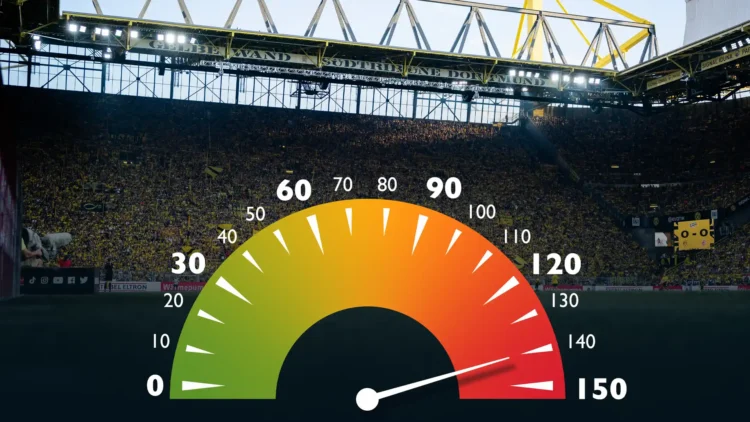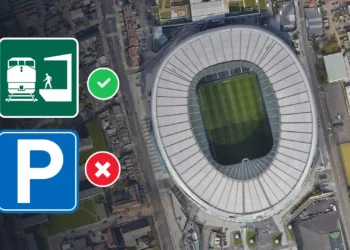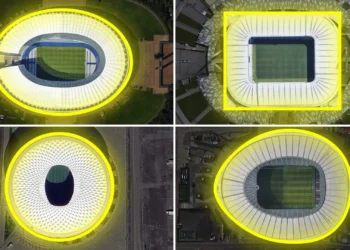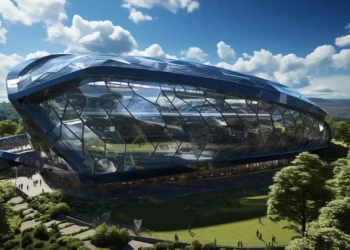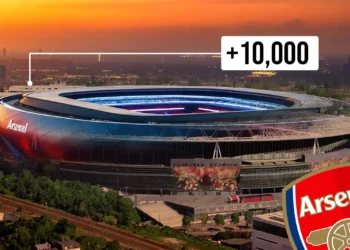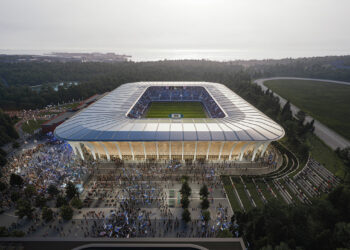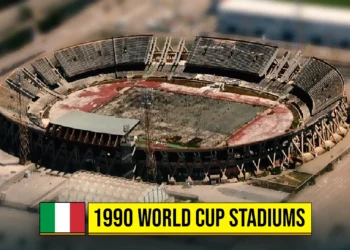When 80,000 fans chant in unison, the ground shakes — literally.
Some stadiums aren’t just loud — they’re scientifically deafening, designed to trap and amplify every roar, drumbeat, and anthem until it turns into a physical force.
This is a journey through the loudest football stadiums ever built, based on real decibel readings, architectural design, and the unmatched passion of their fans.
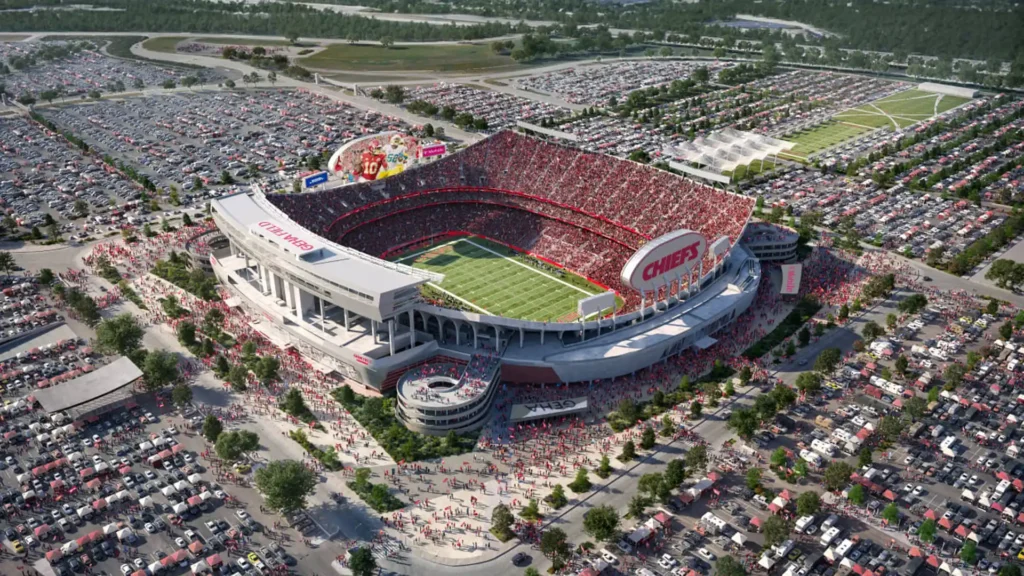
🇺🇸 Arrowhead Stadium – Kansas City, USA
Peak noise: 142.2 decibels (Guinness World Record, 2014)
Arrowhead isn’t just the loudest stadium in the NFL — it’s one of the loudest man-made environments ever recorded.
Its bowl-shaped design reflects sound directly back to the field, creating a deafening echo that feels more like an explosion than a cheer.
Even players say they can’t hear their own teammates speak.
“It’s like standing next to a jet engine that never turns off.”
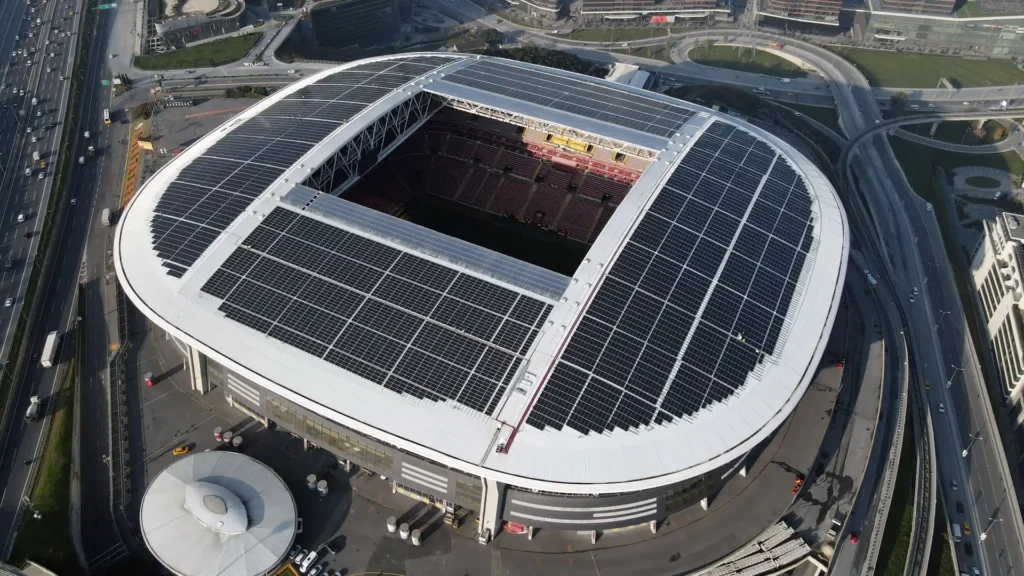
🇹🇷 Ali Sami Yen Sports Complex – Istanbul, Turkey
Peak noise: 131 decibels
When Galatasaray plays, this stadium becomes a cauldron of chaos.
Fans sing, jump, and scream in unison — a living wall of sound that earned the nickname “Hell” from visiting teams.
Its tight, enclosed design traps noise and bounces it back toward the pitch, amplifying every decibel.
UEFA officials once said: “It’s not a stadium. It’s a storm.”
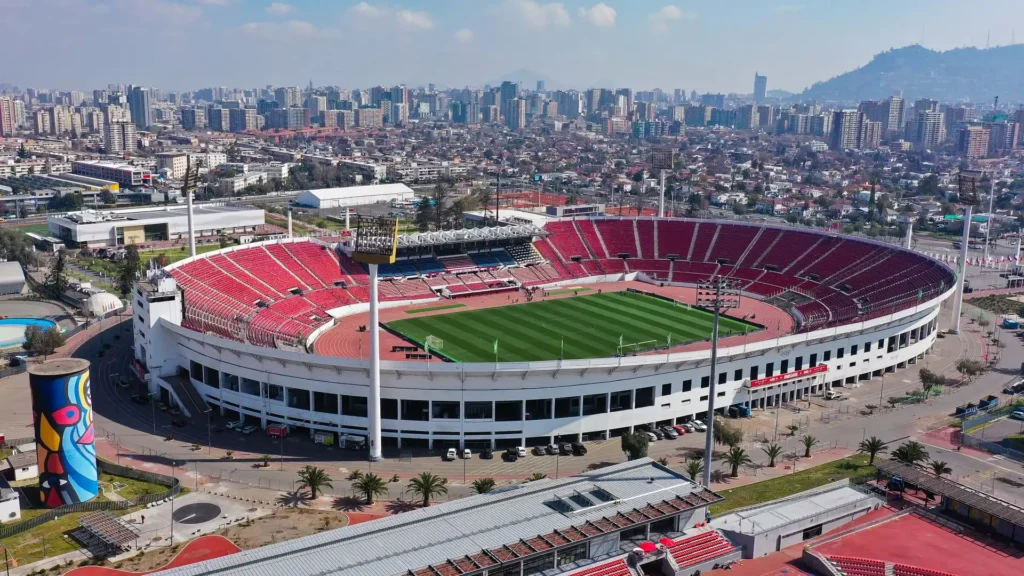
🇨🇱 Estadio Nacional de Chile – Santiago, Chile
Peak noise: ~128 decibels (recorded during Chile vs. Argentina, 2015)
This legendary ground proves that passion beats capacity.
Despite not being the largest, the fans’ rhythmic chants and drums create a constant, hypnotic wall of sound that never fades.
During Copa América 2015, microphones around the pitch maxed out — literally couldn’t record higher.
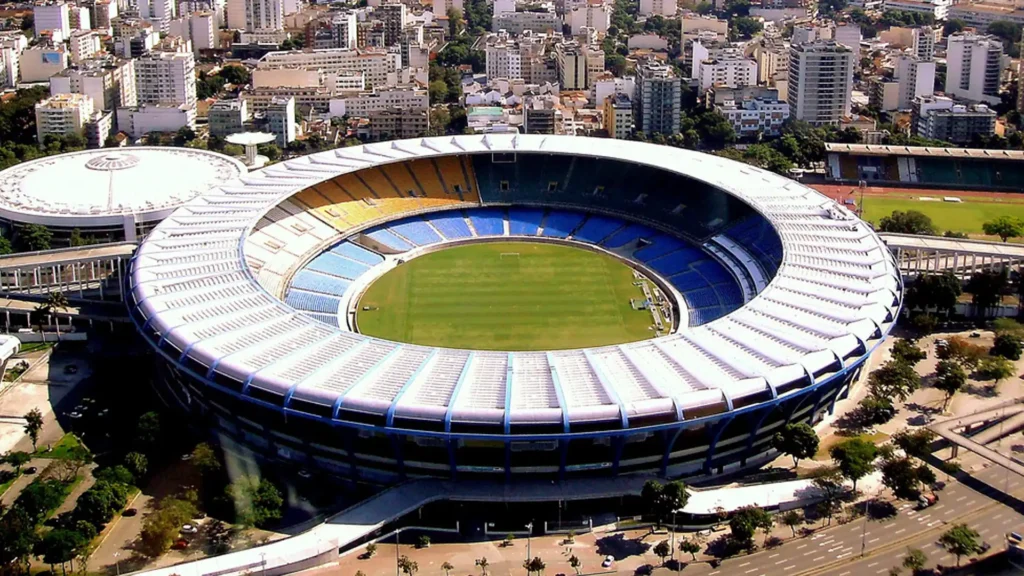
🇧🇷 Maracanã – Rio de Janeiro, Brazil (old version)
Peak noise: ~130 decibels (1970s–1980s era)
Before renovations, the Maracanã could hold over 180,000 people — and when Brazil scored, it sounded like an earthquake.
Its vast concrete stands acted like a giant speaker, pushing the sound down and out.
Even now, the modern version still vibrates when the fans sing “Eu sou brasileiro!”
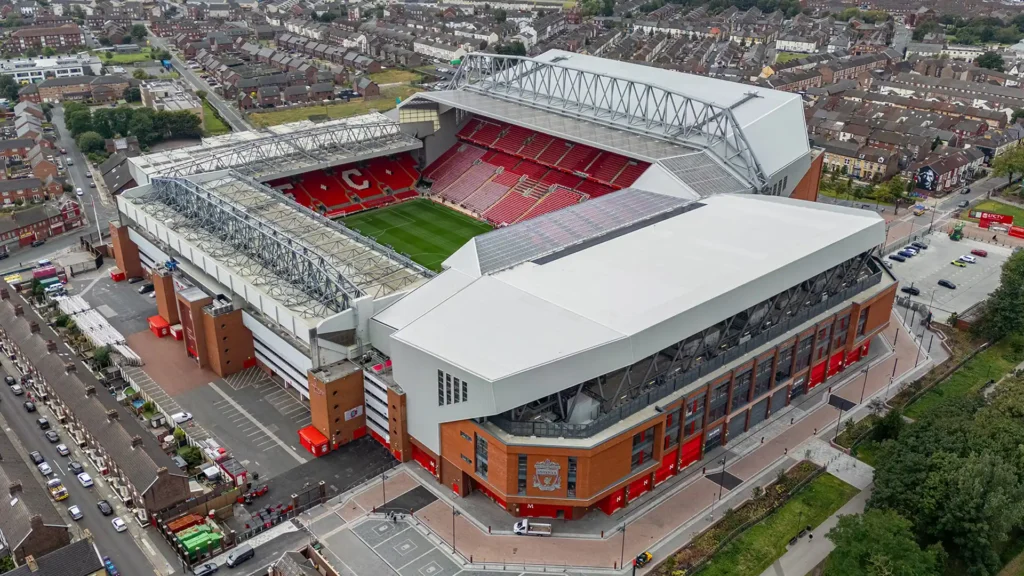
🇬🇧 Anfield – Liverpool, England
Peak noise: 119 decibels (Liverpool vs. Chelsea, 2019)
“You’ll Never Walk Alone” isn’t just a song — it’s a soundwave of emotion.
Anfield’s steep stands and proximity to the pitch make every shout feel intimate, almost personal.
When Liverpool scores in a big European night, even rival fans admit: nothing compares to it.
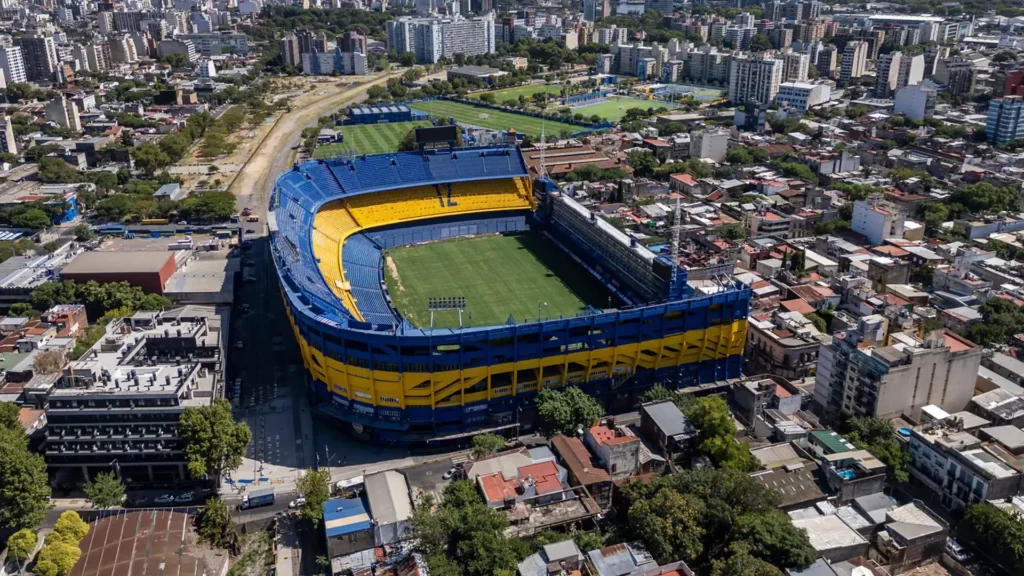
🇦🇷 La Bombonera – Buenos Aires, Argentina
Peak noise: 125 decibels
This legendary home of Boca Juniors was built vertically, not horizontally — meaning the sound goes straight down onto the pitch.
The stands almost “hang” over the field, concentrating every chant, drum, and trumpet blast into one unstoppable wall of passion.
Players describe it as “playing inside a drum.”
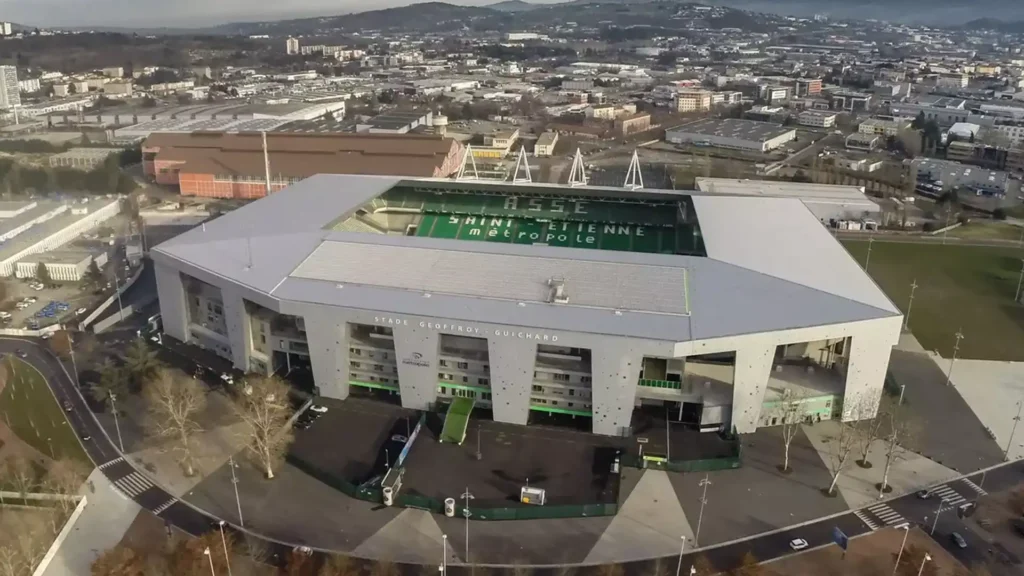
🇫🇷 Stade Geoffroy-Guichard – Saint-Étienne, France
Peak noise: ~118 decibels
Known as Le Chaudron (The Cauldron), this stadium is small but incredibly loud.
Its metal structure and tight stands create a natural amplifier effect — the noise hits the roof and comes right back.
Even rival fans admire how the sound doesn’t stop from the first whistle to the last.
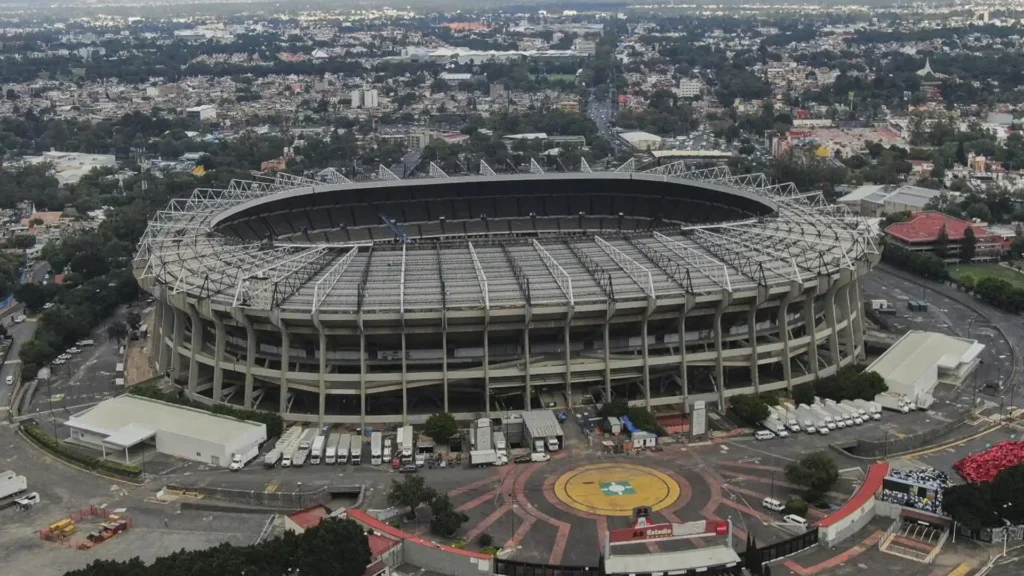
🇲🇽 Estadio Azteca – Mexico City, Mexico
Peak noise: 130 decibels (World Cup 1986)
When Diego Maradona scored the “Goal of the Century,” sound meters spiked beyond measurable range.
The Azteca’s circular, fully enclosed design holds the sound like a bowl — it doesn’t escape, it builds up.
At full capacity, the crowd doesn’t cheer… it erupts.
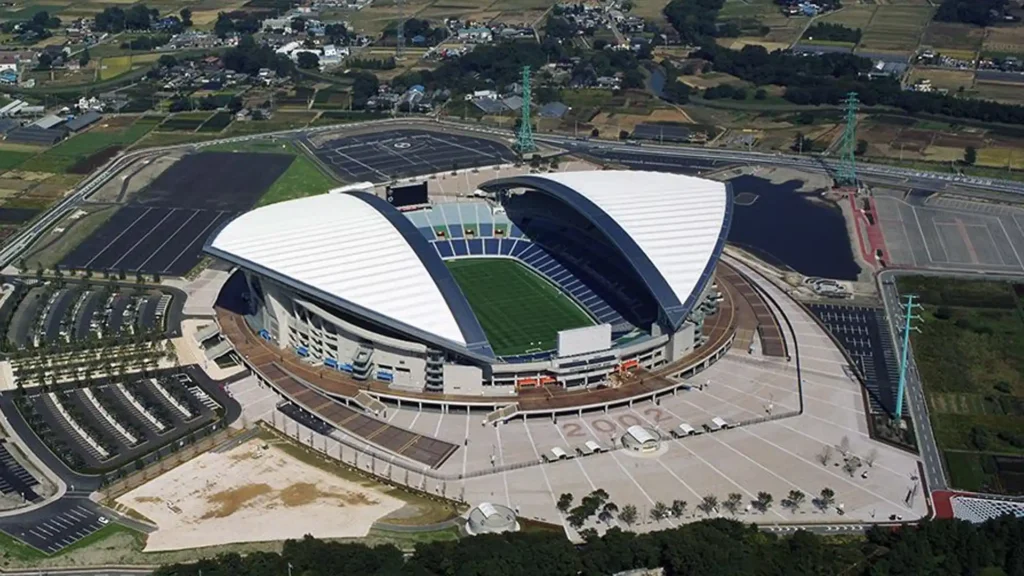
🇯🇵 Saitama Stadium – Tokyo, Japan
Peak noise: 122 decibels
Home of Urawa Red Diamonds, this is Asia’s loudest football stadium.
Japanese fans chant in perfect rhythm, creating a pulsing sound that feels almost mechanical — but incredibly powerful.
Its steel roof and compact geometry enhance every vibration.
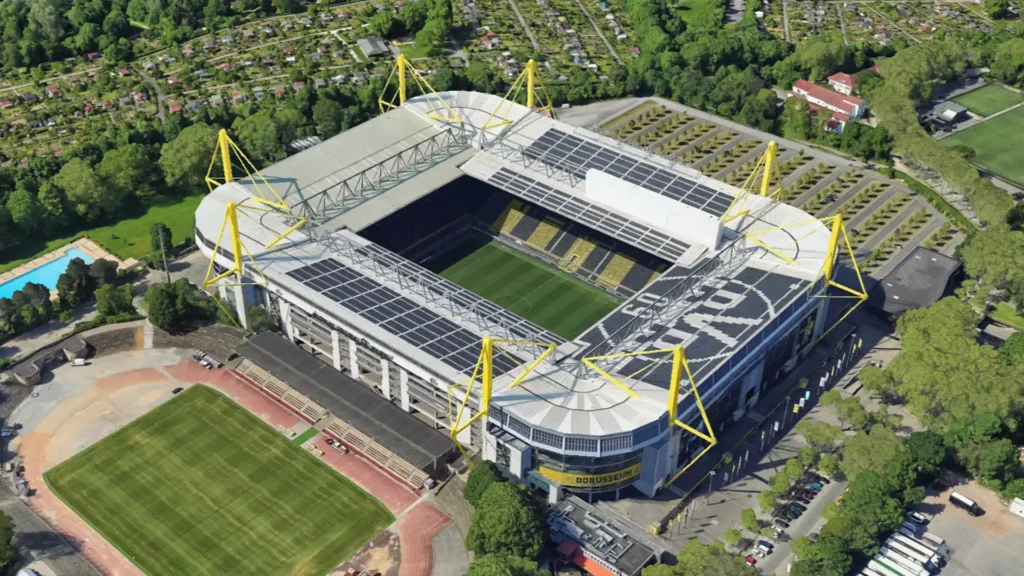
🇩🇪 Signal Iduna Park – Dortmund, Germany
Peak noise: 126 decibels
The “Yellow Wall” is Europe’s largest standing terrace — over 25,000 fans singing as one massive wave of sound.
The steep South Stand, combined with the roof design, turns every goal into a physical shockwave.
It’s not chaos. It’s precision-engineered passion.
Why Some Stadiums Sound Louder Than Others
- Design shape – Bowl and enclosed shapes trap noise better than open structures.
- Roof material – Metal or polycarbonate roofs reflect sound waves back into the stands.
- Proximity – The closer the fans are to the pitch, the more concentrated the energy feels.
- Fan culture – Some fans simply never stop chanting — making science meet emotion.
The Science Behind Stadium Noise
Sound is measured in decibels (dB) — every 10 dB increase means the sound is 10× more powerful.
- 100 dB = chainsaw
- 120 dB = thunderclap
- 140 dB = pain threshold
That means Arrowhead Stadium’s 142 dB is nearly unbearable — yet fans call it pure joy.
Final Thoughts
Loudness isn’t just about noise — it’s about emotion amplified by architecture.
The stadiums that top the charts do so not just because of their fans, but because they were built to echo the human heartbeat.
Every decibel tells a story of pride, unity, and unstoppable energy.

